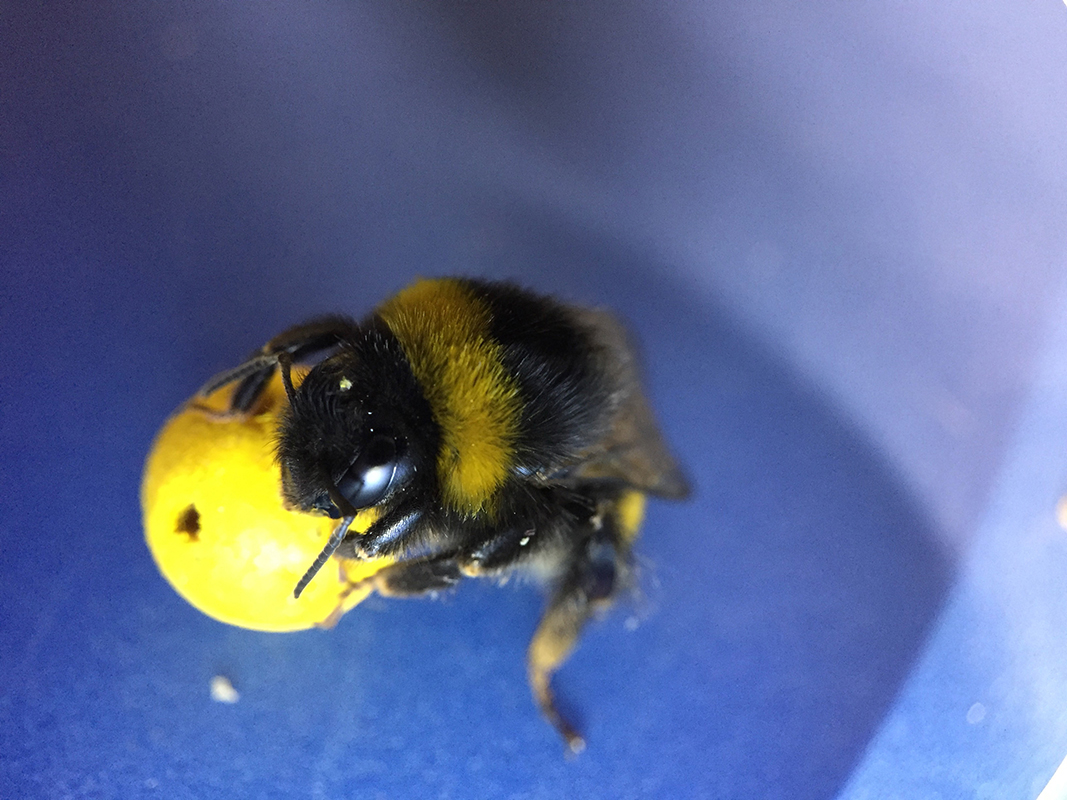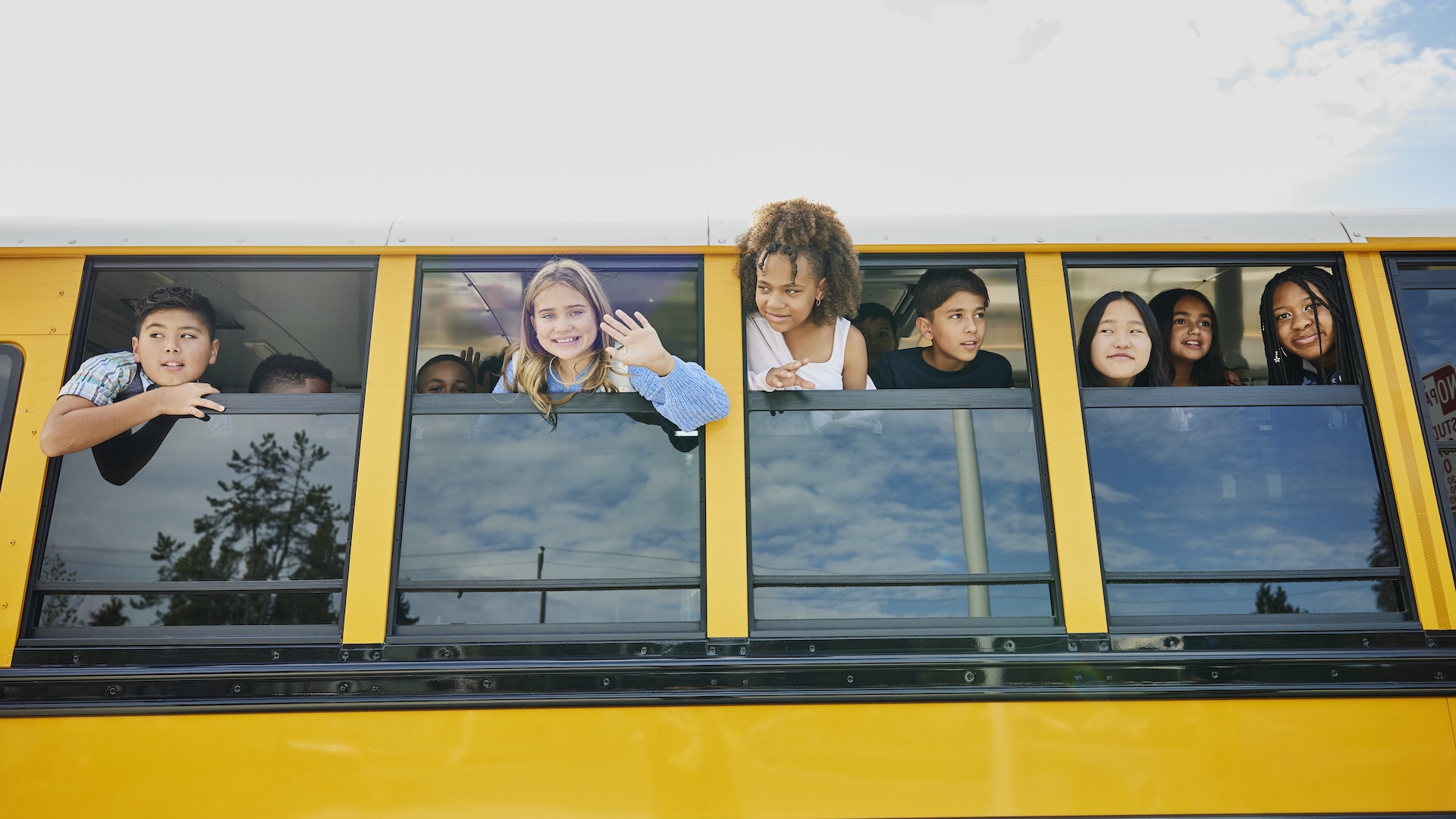Goal! Ball-Rolling Bees Score Big Science Wins

Bumblebees in a lab recently channeled their inner Lionel Messi by learning to move a tiny ball across a platform and into a target "goal."
But they weren't in training for the insect World Cup; scientists were testing the bees' learning capabilities, by training them to perform tasks unlike any that a bee would normally confront in its natural habitat.
Though bee brains may appear relatively simple when compared with mammalian brains, the experiments, described in a new study, show that these clever insects are capable of more complex learning than scientists previously suspected. [Bees Learn to Roll Balls, Earn Rewards | Video]
The researchers' previous work with bumblebees showed that they could be trained to pull strings and move levers to get rewards, and that they could learn by watching other bumblebees do it first. These findings suggested that the bees might be capable of learning more complicated tasks, study co-author Olli Loukola, a behavioral ecologist with the School of Biological and Chemical Sciences at Queen Mary University of London, told Live Science in an email.
"We wanted to explore the behavioral flexibility of bumblebees by testing whether they could use a non-natural object in a task likely never encountered before by any individual in the evolutionary history of bees," Loukola said. "Bees don't need to roll balls in their normal life."
Nor were they likely to encounter a flower that might require the bees to move an object into its center in order to access its nectar, Loukola added.
That's how they roll
The scientists demonstrated the ball-handling technique to certain bumblebees by using a plastic bee attached to a transparent rod. If a bee successfully navigated the ball into the target hole at the middle of the platform, it received a sucrose (sugar) drink as a reward.
Get the world’s most fascinating discoveries delivered straight to your inbox.

Once a group of bees had been trained, the researchers evaluated how quickly other bees might learn to roll balls through observation. They found that more bees learned the task — and did so more quickly — after watching their fellow bees move the ball, compared with scenarios where they had to figure out the task themselves, or when an unseen magnet demonstrated how to move the ball into the target hole.
Although the bees initially learned the task using a yellow ball, when presented with a choice of balls, many selected the one that was closest to the target, regardless of its color. Some also deviated from what they observed by walking backward with the ball, when the demonstrator bee had walked forward.
This suggests that the bees weren't merely copying others' behavior. Rather, they were making independent decisions about how best to earn their reward, showing "an unprecedented amount of cognitive flexibility in an animal with such a small brain," Loukola told Live Science.
"These findings suggest with convincing evidence that a miniature brain is not necessarily simple, but can solve an impressively complex task," he said.
The findings were published online today (Feb. 23) in the journal Science.
Original article on Live Science.

Mindy Weisberger is an editor at Scholastic and a former Live Science channel editor and senior writer. She has reported on general science, covering climate change, paleontology, biology and space. Mindy studied film at Columbia University; prior to Live Science she produced, wrote and directed media for the American Museum of Natural History in New York City. Her videos about dinosaurs, astrophysics, biodiversity and evolution appear in museums and science centers worldwide, earning awards such as the CINE Golden Eagle and the Communicator Award of Excellence. Her writing has also appeared in Scientific American, The Washington Post and How It Works. She is the author of the book "Rise of the Zombie Bugs: The Surprising Science of Parasitic Mind Control," published by Hopkins Press.
